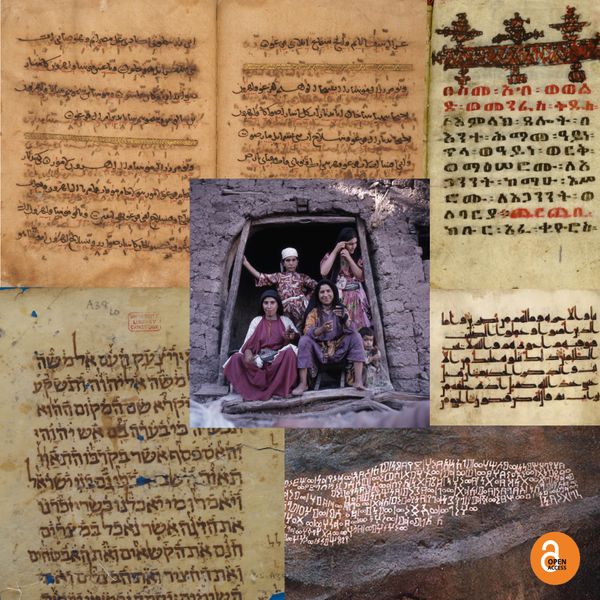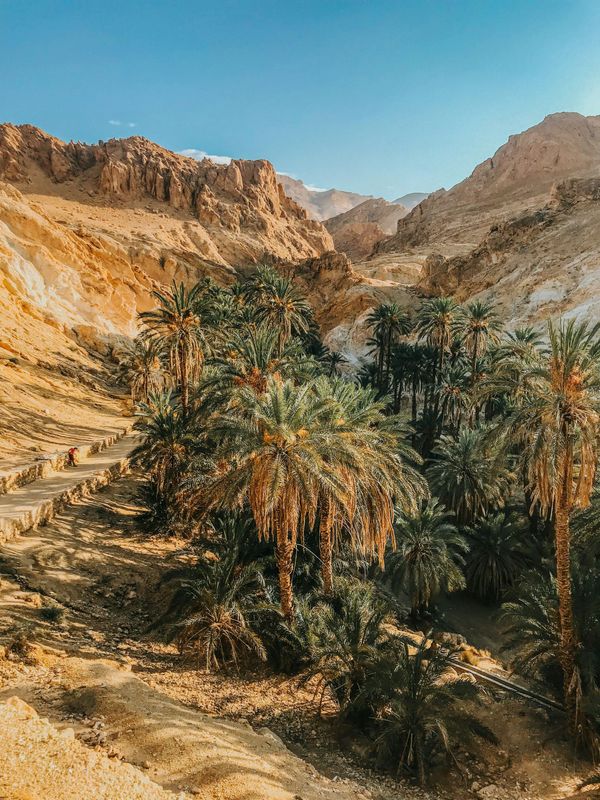Diachronic variation in the Omani Arabic vernacular of the al-‘Awabi district. From Carl Reinhardt (1894) to the present day
by Roberta Morano
The Sultanate of Oman lies at the south-easternmost corner of the Arabian Peninsula, and if one looks carefully at a geographical map of the area one will notice that, in fact, Oman is almost like an island. Surrounded on three sides by the waters of the Indian Ocean and the Persian Gulf, Oman is separated from the rest of the Arabian Peninsula by the mountain range of the al-Hajar and by the vast desert of the Rubˁ al-Khālī. The geography of the country, as well as its historical, social and political endeavours, have radically shaped the linguistic landscape of the Sultanate. Modern Oman is the result of great bio-cultural diversity developed over centuries of internal and external displacement, maritime trade and foreign incursions, but also very deep indigenous dichotomy, i.e., Imamate versus Sultanate, tribal versus settled communities, tradition versus modernity.
The study Diachronic variation in the Omani Arabic vernacular of the al-‘Awabi district. From Carl Reinhardt (1894) to the present day examines one of the foundational works in the field of Omani dialectology (i.e., Carl Reinhardt’s Ein arabischer Dialekt gesprochen in ‘Oman und Zanzibar, 1894) and compares its linguistic description with modern data collected by the author in the field between 2017 and 2018.
The Omani variety described by the German diplomat in 1894 was found to be different both from the one spoken in the capital city (and described by the Indian doctor Jayakar in 1889) and from the one spoken in the coastal area. As Reinhardt himself states in the introduction, the variety spoken by the Banū Kharūṣ tribe was also spoken by the Omani court and by some two-thirds of the Arabs living in Zanzibar. Thus, we can presume that it was sufficiently widespread to require the writing of a practical and quick guide for German soldiers quartered in the East African colonies. However, the German work has numerous weaknesses: first, the lack of transcription, made by the author only at a later stage and not during his stay in Oman and Zanzibar. Secondly, his informants. He employed only two people, whom he paid, and whom followed him to Cairo, where he then ended up writing the grammar. Thirdly, the book had mainly a pedagogical intent and therefore some of the linguistic facts are not fully accurate.
The new study conducted by Dr Morano re-examines this linguistic material and compiles a new set of linguistic traits and lexicon used by the same tribes living in the same area – i.e., al-ˁAwābī and Wādī Banī Kharūṣ in northern Oman. The book is divided into four chapters and an Appendix: the chapters describe the Omani socio-political context, the phonology, the morphology, and the syntax of the al-ˁAwābī vernacular respectively; whereas the Appendix includes two sample texts illustrating the grammatical features analysed in the previous chapter, a set of 10 proverbs – transcribed, translated and analysed – and finally a traditional song of the mountains.
The analysis – conducted using qualitative and quantitative methodologies and based on 15 participants, recruited on the basis of their place/tribe of origin, level of education and age– has two main aims: on the one hand, to provide a linguistic description of the Omani Arabic spoken in the al-ˁAwābī district at the present and, on the other hand, to assess the diachronic variation this vernacular underwent over the last hundred years. The results are striking: most variations were detected in the syntax – which Reinhardt restricts to the analysis of just a few sentence types – and in the lexicon. The reader might find interesting, for example, the discussion on the uses and functions of the active participle in this dialect, whose syntax seems to have a wider spectrum than anticipated. Moreover, the negative system – highly distinctive for this region in the German description – seems to have now undergone a process of homogenisation with other neighbouring Arabic varieties (e.g., Gulf Arabic). In fact, the study shows only one instance of the original form of negation in the traditional song in the Appendix, whereas it is completely disappeared in all other cases. Similarly, the relative pronoun has become obsolete and has been replaced by Gulf or MSA alternatives.
Generally, the speed of diachronic change in the district – and in the region as a whole – is highly concerning and this is demonstrated by the disappearance of certain lexical items and syntactic structures, which are progressively falling into oblivion through the generations. These unique features, together with plant names, traditional medicine, the natural environment, and arrays of orientation so treasured by local people must be protected and cherished by urgently documenting the Arabic varieties spoken in Oman and the Peninsula and by creating awareness of traditional languages and cultural practices among the younger generation.
This study is a first step in this direction.
This is an Open Access title available to read and download for free or to purchase in all available print and ebook formats below.





